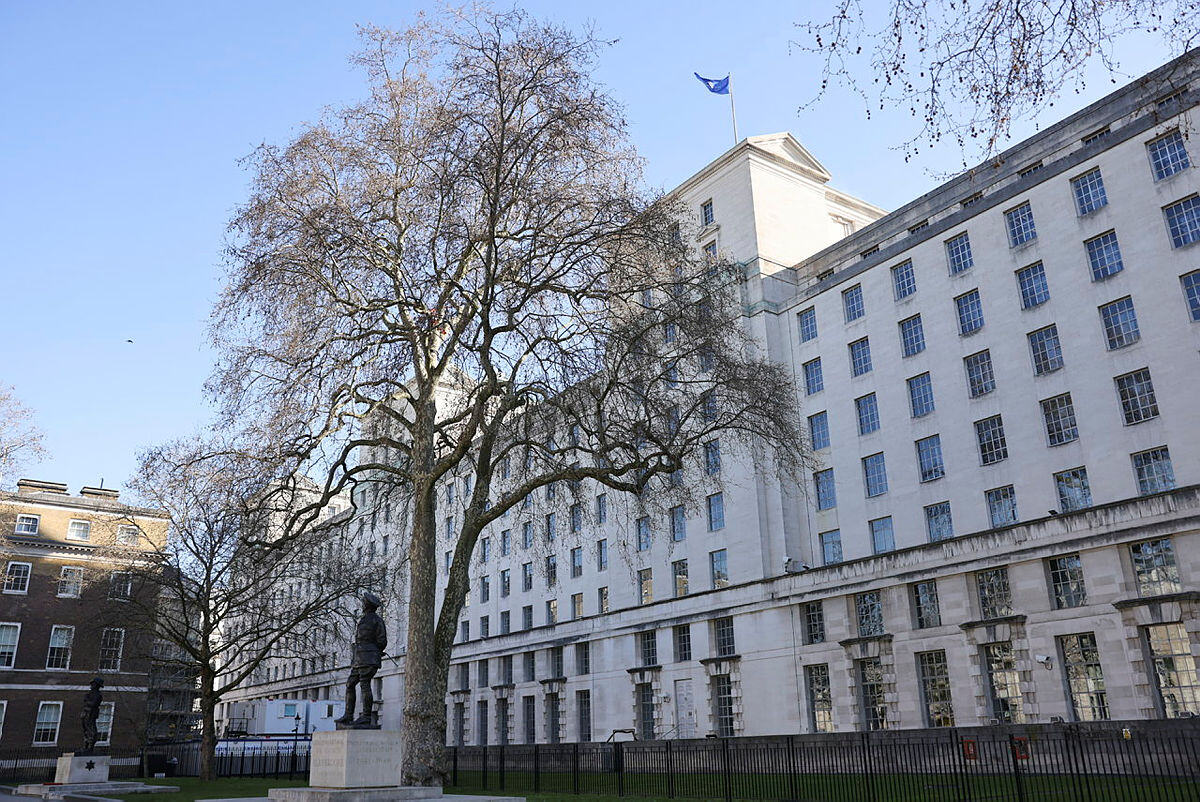A new economic assessment has classed the Jaguar Land Rover cyber incident as the most financially damaging attack in UK history, with losses estimated at about £1.9 billion across the wider economy. The disruption followed an attack that began on 31 August 2025, paused vehicle production for several weeks, and rippled through thousands of suppliers before a managed restart in October.
What happened and what it cost
Jaguar Land Rover suspended production after the attack, affecting plants, logistics and sales systems. Production resumed only gradually in October after a sustained shutdown that analysts estimated at roughly 5 to 6 weeks. The UK government moved to underwrite a £1.5 billion loan guarantee to stabilise liquidity and protect a complex supplier network that spans the West Midlands and beyond. The Financial Times reports an economy-wide cost of at least £1.9 billion, driven by lost output, margin erosion, remediation and supply chain disruption. Reuters and other outlets echo that range and timeline.
The incident lands against a backdrop of rising severity. The National Cyber Security Centre’s 2025 Annual Review states the UK dealt with 204 nationally significant cyber attacks in the 12 months to August 2025, more than double the prior year. Eighteen were classed as highly important, with a profound impact on essential services or the economy. This is now an every-other-day leadership problem rather than an annual technology event.
For context, the economic estimate matters because it captures more than JLR’s own interruption. It folds in dependent suppliers, dealerships and regional employment effects, which is why a loan backstop was judged necessary to prevent working-capital stress propagating into insolvencies among smaller firms. That mechanism is financial risk management applied to cyber disruption rather than an industrial subsidy.
Why this matters to CEOs and CFOs
Leaders often misprice cyber risk because of familiar cognitive biases that distort judgment under uncertainty.
Most leadership teams still frame cyberattacks as technical disruptions rather than strategic events. The Jaguar Land Rover incident proves that assumption wrong. What began as an IT outage became a five-week halt in production, a liquidity event for an entire supply chain, and the trigger for a £1.5 billion government loan guarantee. The direct cost to the economy, estimated at £1.9 billion, makes this the clearest example yet of how cyber failure translates into systemic financial impact.
For senior leaders, the uncomfortable truth is that recovery horizons are often too optimistic. Even with extensive resources, a complete restart took weeks, not days. Inventory buffers thinned, supplier cash flow tightened, and operating margin slipped with every lost shift. It is a reminder that continuity plans built for quick rebound rarely survive first contact with a real, sustained outage.
The government intervention is equally instructive. A loan guarantee of that scale is not an industrial bailout; it is a stress-containment tool to keep working capital flowing through a network of dependent suppliers. It signals how cyber incidents now sit alongside energy shocks and transport strikes as catalysts for regional economic risk.
Capital allocation decisions should adjust accordingly. The actual cost of cyber disruption sits far beyond security software or recovery consultants. The losses arise from idle labour, delayed shipments, and liquidity pressure that compounds over time. Financial exposure belongs on the balance sheet, not the IT dashboard.
The more effective response lies in simplicity, not additional complexity. Segmented production cells, pre-tested offline runbooks, and supplier contracts that withstand partial operations shorten the path to restart. These are operational design choices, not technology upgrades.
Boards that focus only on prevention miss the larger opportunity: to build systems that can function safely when things go wrong. The JLR event exposed how easily interconnected systems, just-in-time logistics and centralised data dependencies can turn a digital breach into a national economic loss. For CEOs and CFOs, the question now is not how to stop every attack, but how to absorb one without breaking stride.
How to think differently about cyber risk
Treat cyber incidents as operational shocks with financial contagion, not just data events with PR fallout. The numbers and government response place this squarely in the economic security category, which is how the NCSC now frames the most serious cases. Frequency has changed. Severity has changed. Governance must follow.
Practical steps for the next board cycle:
- Set an explicit downtime tolerance for each plant, distribution centre, and core revenue process. Approve the spend to meet it, including manual workarounds that are practised under real constraints.
- Convert cyber scenarios into cash-flow models. Model supplier failure probabilities and pre-arrange liquidity backstops with banks before an incident, not after. The state guarantee provides a reference point for scale, but private facilities should be structured to fire automatically.
- Anchor insurance and warranties to restart metrics. Payouts that reference time-to-first-good-unit or time-to-shipment bring coverage closer to real economic pain. Review exclusions and aggregation clauses that fail when multiple plants or suppliers are hit simultaneously.
- Demand verifiable resilience from key suppliers. Ask for evidence of offline runbooks, segmented operations and restart tests witnessed by a third party. Tie favourable payment terms to demonstrated continuity capability.
- Rehearse leadership decisions in a true-to-life environment. Boards and executive committees should walk through a six-week outage with only the information they would actually have, then adjust delegation and communications accordingly.
The JLR case is a turning point in how UK leaders should score cyber risk. It is not a lesson about one company. It is a preview of how operational, financial and policy responses now intersect when a large manufacturer is forced offline. The cost assessment, the production timeline and the loan guarantee together set a new baseline for planning. The bias is to return to business as usual once production resumes. The smarter move is to treat this as the minimum credible scenario and harden for the next one.
Speak to an expert about preparing for the worst-case scenario.




